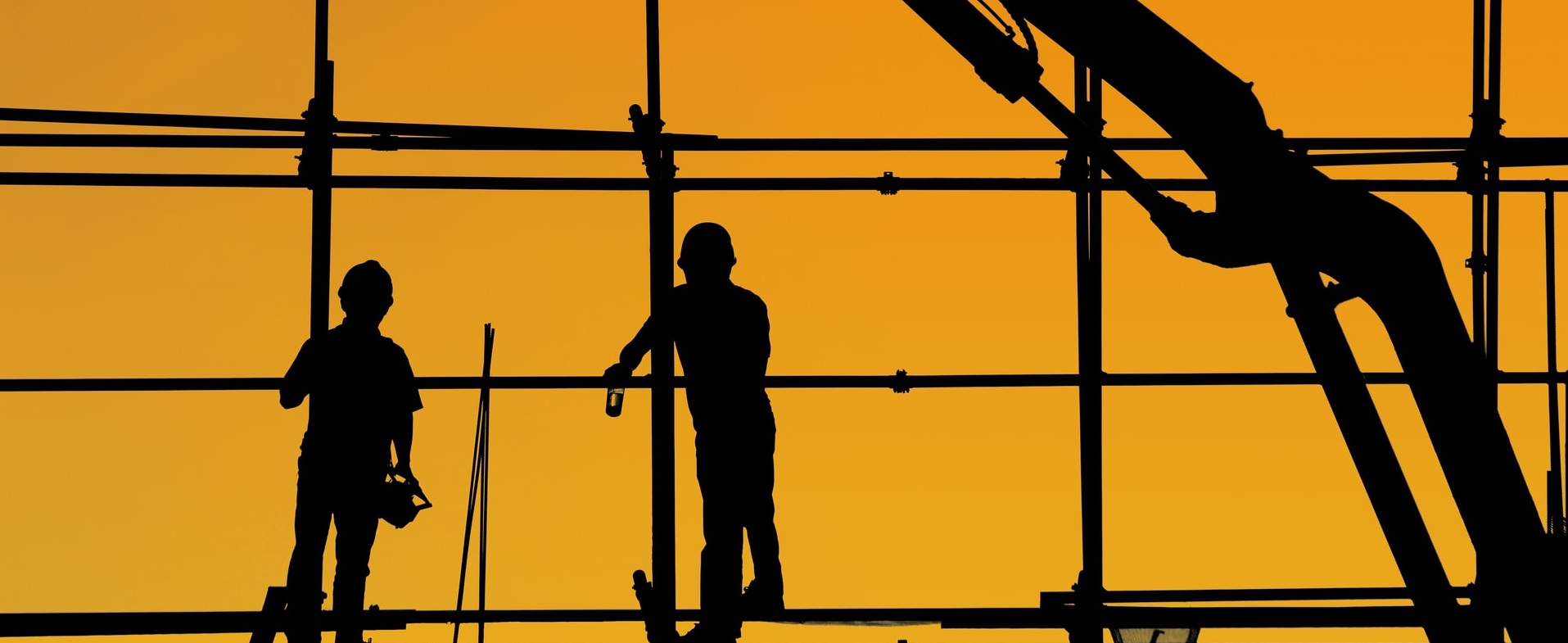Tax
News - VAT
11 March 2021

From Monday 1st March 2021 there are VAT changes for the Construction Industry. The domestic VAT reverse charge must be used for most supplies of building and construction services.
The charge applies to standard and reduced-rate VAT services, for individuals or businesses who are registered for VAT in the UK and those services reported within the Construction Industry Scheme.
The introduction of the VAT changes for the Construction Industry (domestic VAT reverse charge) will impact how businesses record their transactions and their cash flow. For sub-contractors, customers will no longer be paying you VAT, which will reduce the gross value of payments coming into your business. You’ll need to consider and plan for the impact of this on your day-to-day cash flow.
For some the reverse charge may mean your business will make net repayment claims to HMRC, as you no longer receive VAT on your sales. Moving to monthly returns may be a better option.
The VAT reverse charge does not apply for services supplied to non-VAT registered individuals or businesses. This means work done for homeowners and domestic users should be invoiced in the usual way.
The VAT reverse charge also does not apply to work done overseas. It only applies to UK companies providing building and construction services in the UK.
You must use the reverse charge from 1st March 2021, if you’re VAT registered in the UK, supply building and construction industry services and:
There are various things you will have to check, firstly, check if your customer has a valid VAT number.
Check here for UK VAT numbers https://www.gov.uk/check-uk-vat-number
Check here for EU VAT numbers https://ec.europa.eu/taxation_customs/vies/
Then check your customer’s CIS registration here https://www.gov.uk/use-construction-industry-scheme-online
You will then have to review your contracts to decide if the reverse charge will apply and tell your customers.
Also, ask your customer to confirm whether they are an end user or intermediary supplier.
Recording the reverse charge
After ensuring your accounting system and software can record the reverse charge you’ll need to:
You must use the reverse charge from 1st March 2021, if you’re VAT registered in the UK, buy building and construction industry services and:
There are various things you’ll need to check, firstly, check if your supplier has a valid VAT number.
Check here for UK VAT numbers https://www.gov.uk/check-uk-vat-number
Check here for EU VAT numbers https://ec.europa.eu/taxation_customs/vies/
Ensure you tell your supplier if you’re an end user or intermediary supplier, as the reverse charge will not apply.
Account for the reverse charge
After you’ve ensured your accounting systems and software can account for the reverse charge, you’ll need to:
VAT on sales
Suppliers must not enter any output tax on sales under the reverse charge. The supplier only needs to enter the net value of the sale.
VAT on purchases
If you buy services subject to the reverse charge, you must enter the VAT charged as output tax on your VAT return. Make sure you do not enter the net value of the purchase as a net sale.
You may reclaim the input tax on your reverse charge purchases, subject to the normal VAT rules.
You can download our pdf flowchart to see how this may impact your business.
Alexander Myerson are here to help, whether you want us to head up your book keeping and preparation of VAT returns or simply guide you through the VAT changes for the Construction Industry, just give us a call or contact us here.
Further detailed guidance from HMRC on the VAT reverse charge can be found here https://www.gov.uk/guidance/vat-reverse-charge-technical-guide